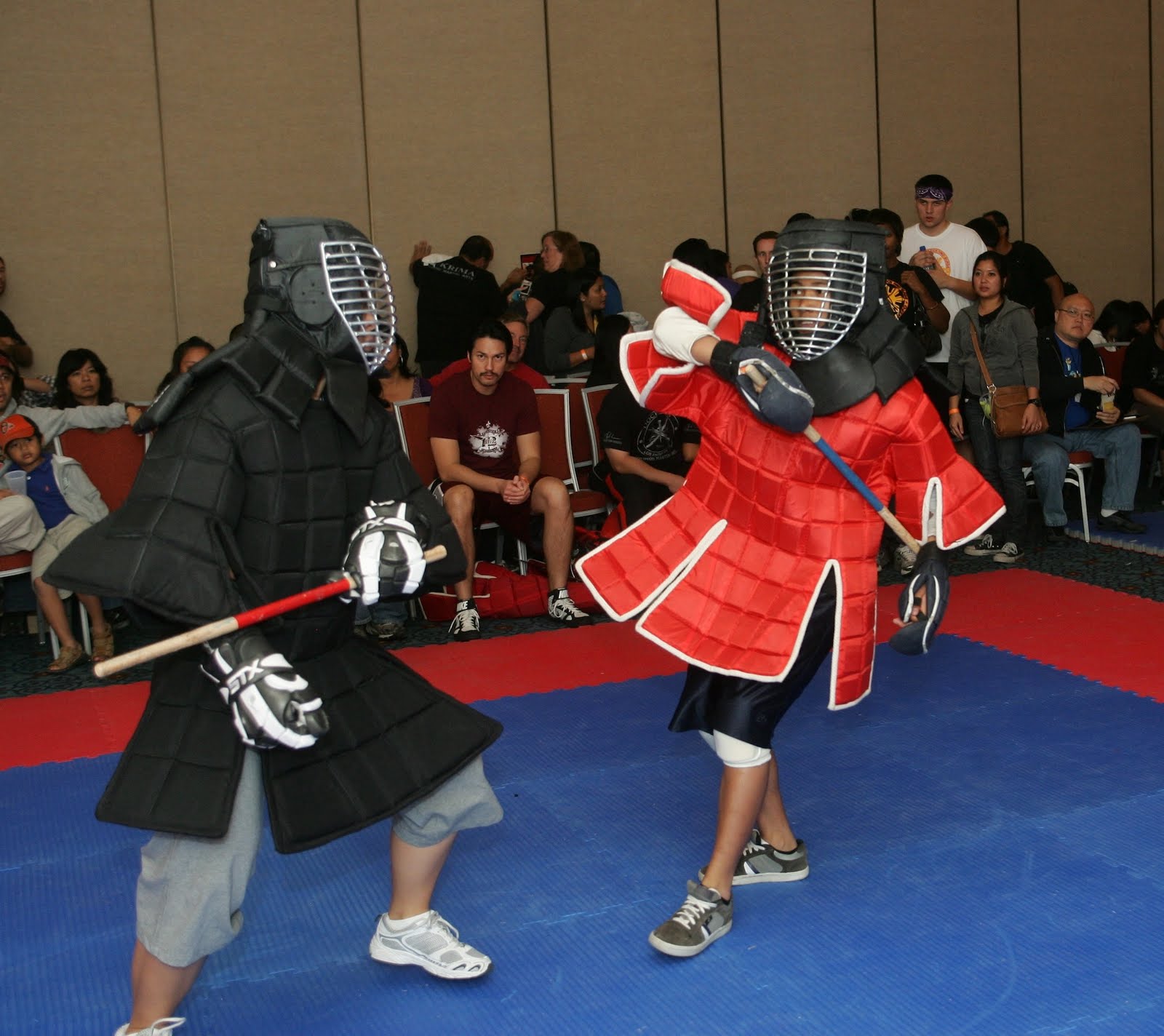drop bear
Sr. Grandmaster
So the conversation of gloves came up again. It is not uncommon. It is the sort of thing that gets hashed about iin different forms. Sometimes it is mats. Sometimes it is rules. Ultimately the question is asked.
If you are going to fight in an environment without protection then does training with protection hold an advantage or disadvantage?
For us the other day at the gym it was shoes. We were all bitching about mangled up toes and were considering getting wrestling shoes to give out a bit of support.
Now to cut a conversation short the point was made by one of they guys.
"You know why you should get shoes?"
"Because then you can train relentlessly. You can train techniques all day and not have to stop because you are wearing the tops of you feet away or having to stop due to mangled toes"
Think about this idea. To get good I have to repeat an action thousands of times more than i will ever use it. This means I have to ajust my training so that I can engage in these actions for extended periods of time without suffering injuries.
So even if I can take a fall on concrete. I dont train on concrete because I cant physically take a thousand falls. This actually reduces my ability to practice falling in the relentless manner that is required to become proficient.
When I box I wear gloves. Not because my hands explode during a 10 second bare knuckle fight. But because I can then use my hands as impact weapons for hours. This enables me to spend hours honing my boxing techniques.
When I worked with a belt kit.Fought bare knuckle. on hard and dangerous surfaces.I could take a fall on my back. A bare knuckle hit and fend off a bite or an eyegouge. What I could not do is train the techniques that allow me to achieve those results If I trained with a belt kit on a hard surface.
I just could not train relentlessly.
If you are going to fight in an environment without protection then does training with protection hold an advantage or disadvantage?
For us the other day at the gym it was shoes. We were all bitching about mangled up toes and were considering getting wrestling shoes to give out a bit of support.
Now to cut a conversation short the point was made by one of they guys.
"You know why you should get shoes?"
"Because then you can train relentlessly. You can train techniques all day and not have to stop because you are wearing the tops of you feet away or having to stop due to mangled toes"
Think about this idea. To get good I have to repeat an action thousands of times more than i will ever use it. This means I have to ajust my training so that I can engage in these actions for extended periods of time without suffering injuries.
So even if I can take a fall on concrete. I dont train on concrete because I cant physically take a thousand falls. This actually reduces my ability to practice falling in the relentless manner that is required to become proficient.
When I box I wear gloves. Not because my hands explode during a 10 second bare knuckle fight. But because I can then use my hands as impact weapons for hours. This enables me to spend hours honing my boxing techniques.
When I worked with a belt kit.Fought bare knuckle. on hard and dangerous surfaces.I could take a fall on my back. A bare knuckle hit and fend off a bite or an eyegouge. What I could not do is train the techniques that allow me to achieve those results If I trained with a belt kit on a hard surface.
I just could not train relentlessly.

